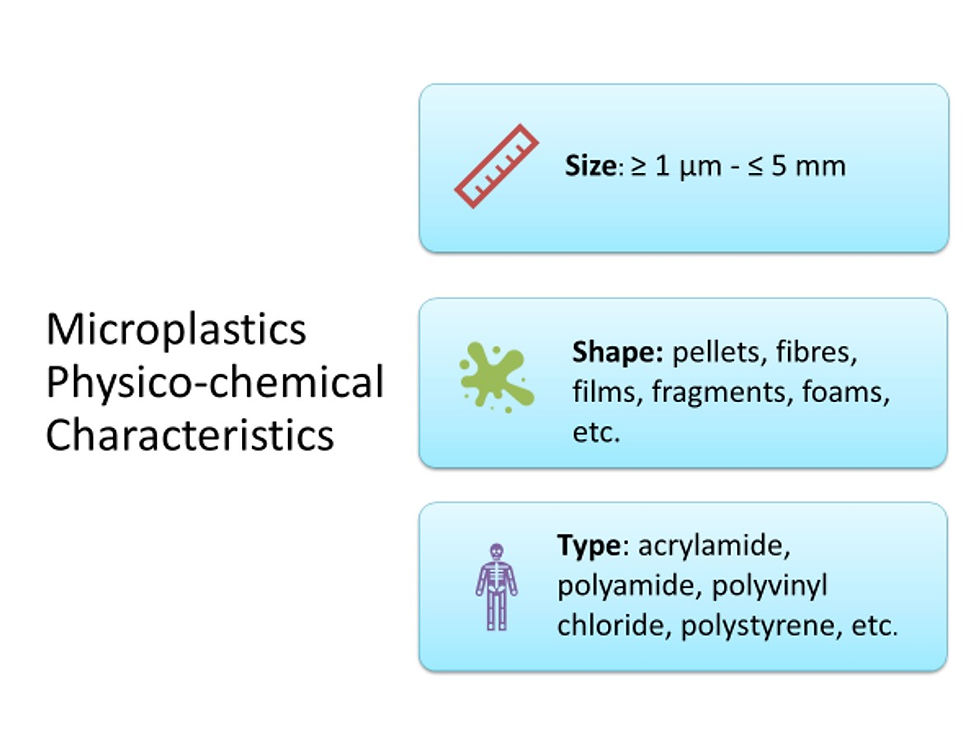Microplastics in freshwater - A webinars' summary
- Ana Castro-Castellon

- Jul 2, 2020
- 2 min read
Written by: Jonas Adjasoo, Water, Science, Policy and Management student 2019-2020 cohort
On the 2nd June 2020, the Oxford Water Network ran a water quality webinar led by eminent scholars; Prof. Paul Whitehead, Dr Ana Castro-Castellon and Dr Jocelyne Hughes. The webinar focused on sources of microplastics (MPs) and their size distributions, potential impacts on aquatic ecology, the lack and critical gap in standardization of MPs sampling and analysis, alternative strategies for MPs mitigation based on Integrated Catchments (INCA) model, and policy instruments.
We heard from Prof. Paul Whitehead that sources of MPs in the River Thames are derived from effluent discharges, vehicle tyres, fibres from textiles, agriculture (sludge and fertilizers applied to land), packaging from food products, cosmetics, pharmaceutical products and others. These MPs may then enter into the river through runoff and wind flow.
Dr Ana Castro-Castellon further described the size distributions and shapes of MPs. Microplastics are solid synthetic particles which range in size from 1 µm to <5 mm of regular or irregular shape, are from primary or secondary manufacturing origin, and are insoluble in water. The shape of MPs can be pellets, fibres, films, fragments, foams etc. In their research, six classes of microplastic were selected and compared to aquatic organisms. These MPs act as pollutants and stressors disturbing the natural balancing nature of freshwater ecosystems. The impact of microplastics also depends on organism feeding strategies, developmental stage, exposure to MPs (time, space & concentration).
The webinar also revealed a lack of standardization of MPs sampling and analysis. It is important to recognise that the range of microplastics size collected in research affects the mean abundance of microplastics when reported. In order to obtain a good estimation of the quantity of microplastics that exist in freshwaters, Dr Ana Castro-Castellon posited that there is a need to harmonize sampling.
Prof. Paul Whitehead modelled Microplastic in Thames Basin, UK, using the Integrated Catchment (INCA) model. The model was driven by daily climate data (e.g. rainfall, temperature), with inputs (e.g. effluents) via point sources and diffuse sources. The river system was modelled by dividing the Basin into 8 sub catchments of the River Thames and simulates daily fluxes of materials moving down the river. The model specifies the microplastic concentration, simulates the impact on the river and their movement down the river system. The model was used to investigate mitigation strategies. The model also estimates the build-up of plastics on the riverbed and the fluxes of microplastics moving down the river system into the Thames Estuary/North Sea.
To end the webinar, Dr Jocelyne Hughes, described the ‘source-pathway-receptor’ framework, to investigate policy, legislative and regulatory approaches to MPs mitigation in UK freshwaters. To mitigate MPs, there is a need: to enhance the circular economy; introduce further legislation and enforcement that focuses on plastics such as the ban on microplastic beads in cosmetics in 2018 and charge on single use plastic bags which has reduced bag usage by 90%.





Comments